During a municipal water project, we found PVC pipes installed five years prior had cracked and leaked, while adjacent HDPE pipes remained intact. This real-world example raises the question: HDPE vs PVC Which Is More Durable Underground? For authoritative insights, reference ASTM D3035
HDPE generally offers better underground durability due to its flexibility, chemical resistance, and fused joint system. However, PVC works well in stable, non-aggressive soils at a lower cost. The choice depends on soil conditions, chemical exposure, and installation needs.
Understanding the advantages of each material helps professionals make good decisions for underground piping projects. Also, proper installation techniques greatly impact long-term performance. Now, let’s examine the key factors that determine which material performs better underground.
How Do Soil Conditions Affect HDPE and PVC Pipe Durability Underground?
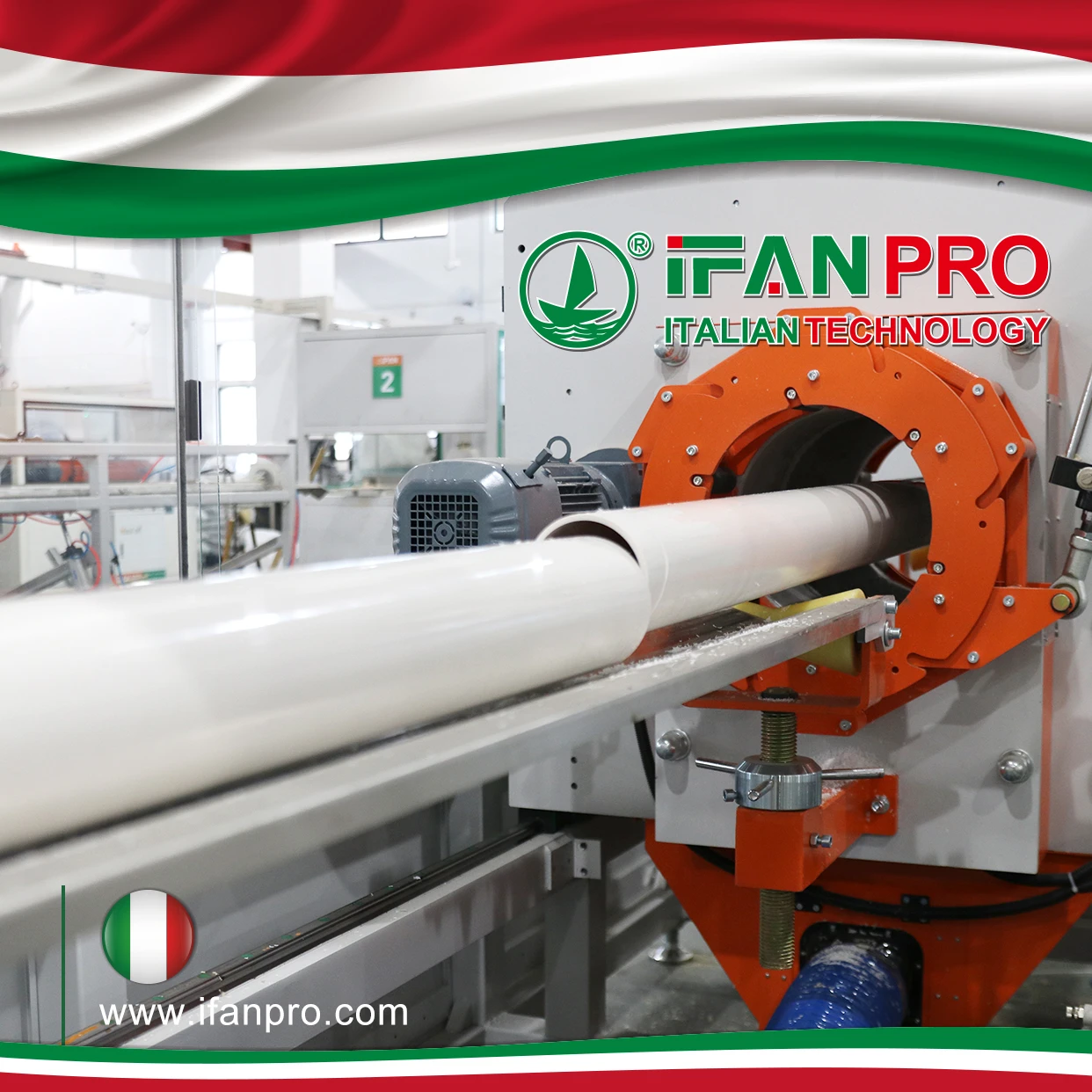
We recently investigated a pipeline failure where acidic soil had corroded a PVC system within three years. An adjacent HDPE line showed no degradation. This experience showed how soil chemistry differently impacts these materials.
Soil conditions greatly affect pipe durability. HDPE resists acidic and alkaline soils better than PVC. Both materials work well in neutral pH environments. HDPE’s flexibility helps it withstand soil movement, while PVC’s rigidity makes it more likely to crack in unstable soils.
Soil Chemistry Impact
Different soil compositions create various challenges for underground pipes. In acidic soils with pH below 5.5, PVC experiences faster degradation as acids attack the polymer chains. This leads to embrittlement and reduced impact strength over time. Meanwhile, HDPE shows excellent resistance to acidic conditions, keeping its mechanical properties even in low pH levels.
In alkaline environments with pH above 8.5, both materials generally perform well. However, HDPE keeps a slight advantage in highly alkaline conditions. The presence of specific chemicals like hydrocarbons or solvents in the soil favors HDPE, which offers better resistance to these substances than PVC.
Soil Movement and Stability
The physical characteristics of soil significantly impact pipe performance. In unstable or settling soils, HDPE’s flexibility lets it handle ground movement without damage. This makes it ideal for areas with seismic activity or seasonal changes. Conversely, PVC’s rigidity works well in stable soils but becomes vulnerable to cracking when soil shifts occur.
For rocky or abrasive soils, both materials need proper bedding. However, HDPE’s abrasion resistance slightly outperforms PVC in highly abrasive conditions. The table below shows how different soil conditions affect each material:
| Soil Condition | HDPE Performance | PVC Performance | Recommendation |
|---|---|---|---|
| Acidic (pH < 5.5) | Excellent | Poor | HDPE preferred |
| Alkaline (pH > 8.5) | Excellent | Good | Both suitable |
| Unstable/Expanding | Excellent | Fair | HDPE strongly preferred |
| Rocky/Abrasive | Very Good | Good | Both suitable with proper bedding |
| Contaminated | Excellent | Fair | HDPE preferred |
What Chemical Resistance Advantages Does HDPE Offer Over PVC Pipes?
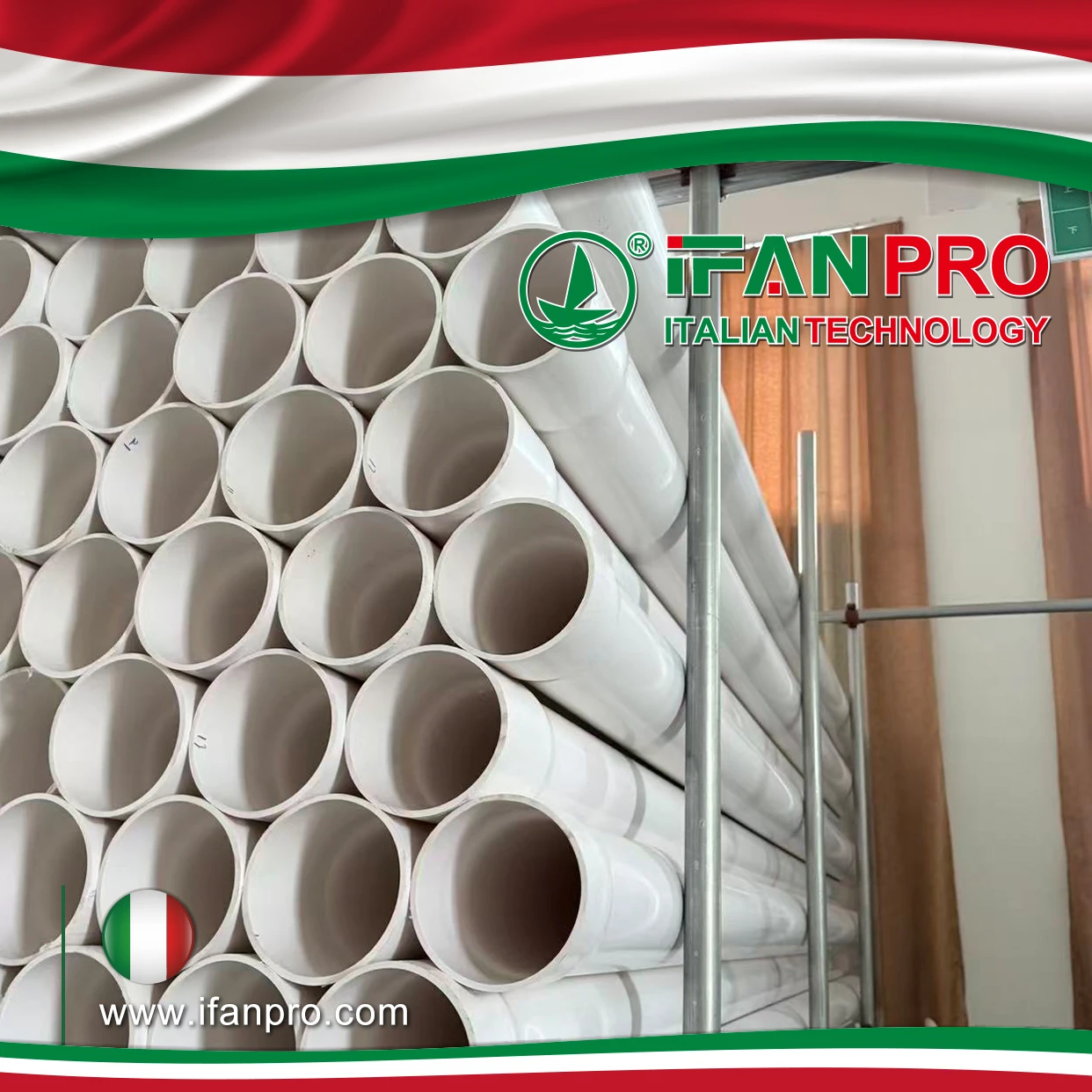
An industrial site cleanup project revealed dramatic differences. We excavated both HDPE and PVC pipes exposed to chemical leachate for ten years. The PVC sections showed significant deterioration, while the HDPE pipes appeared almost unaffected.
HDPE offers better chemical resistance to more substances than PVC. It handles strong acids, bases, and organic solvents that can damage PVC. This wider chemical compatibility makes HDPE the better choice for industrial applications and contaminated sites where chemical exposure is expected.
Chemical Compatibility Comparison
The molecular structure of HDPE provides inherent advantages in chemical resistance. For acid resistance, HDPE withstands concentrated mineral and organic acids. PVC offers good resistance to dilute acids but breaks down quickly in concentrated acids, especially above 60°C.
For alkaline chemicals, HDPE maintains excellent resistance across the full pH spectrum. PVC also performs well in alkaline environments but may experience issues in hot, concentrated caustic solutions.
Regarding organic solvents, HDPE shows strong resistance to alcohols, ketones, and most hydrocarbons. PVC offers poor resistance to many solvents, which can cause swelling, softening, or failure.
Long-Term Chemical Exposure
The duration of chemical contact significantly impacts material performance. In continuous chemical exposure, HDPE maintains long-term integrity. This makes it suitable for chemical process lines and industrial waste systems. PVC works for intermittent chemical exposure but may experience gradual degradation in continuous chemical service.
For temperature and chemical interaction, HDPE keeps its chemical resistance up to about 60°C (140°F). PVC’s chemical resistance drops significantly above room temperature, particularly under pressure. This limitation makes HDPE more suitable for warm chemical applications.
How Does Joint Integrity Differ Between HDPE and PVC Burial Systems?
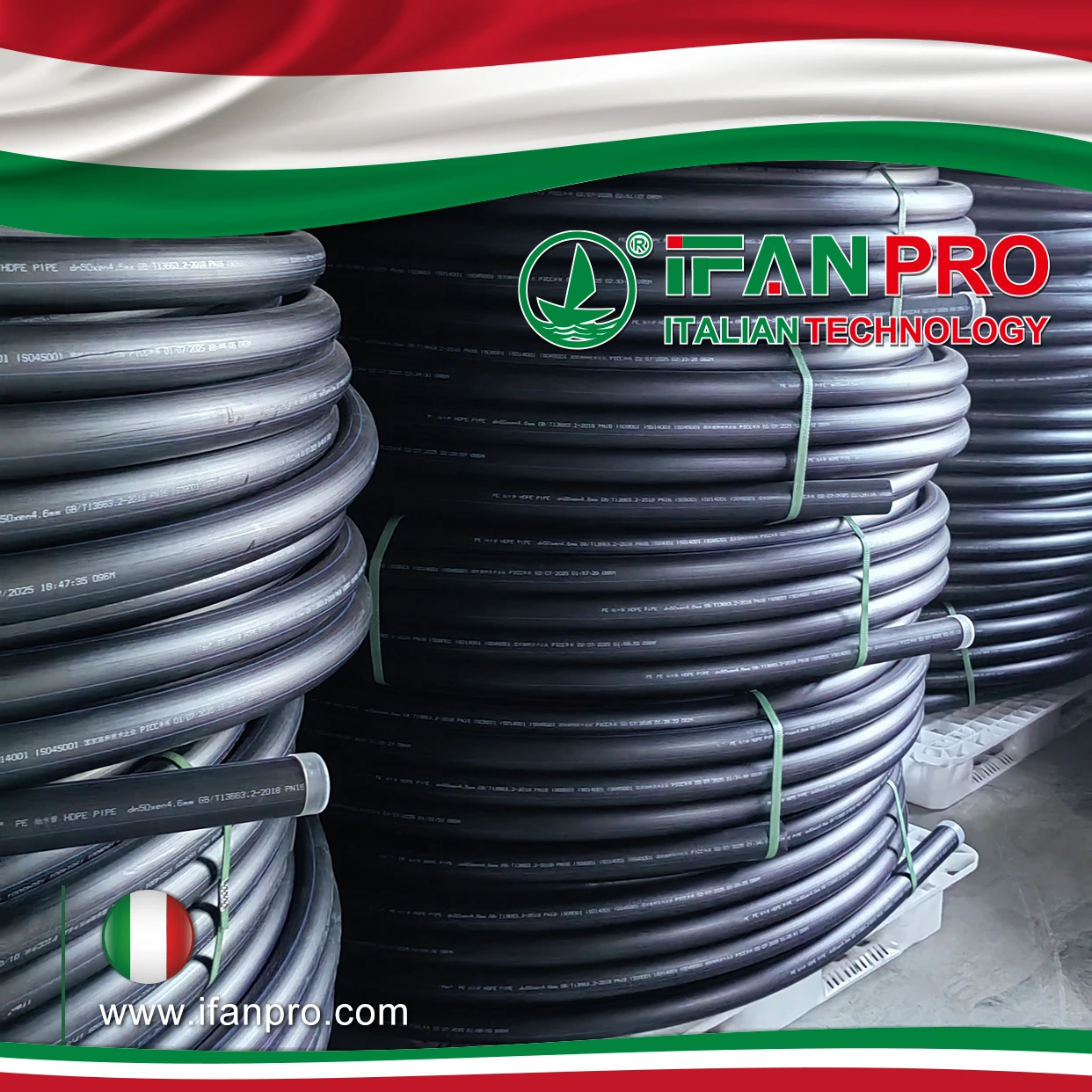
A water district’s leak statistics showed that 85% of underground pipe failures occurred at joints. PVC systems had three times more joint failures than HDPE systems. This data highlighted the crucial importance of joint integrity in underground durability.
HDPE’s heat-fused joints create solid, leak-free connections that match the pipe’s strength. PVC’s glued or gasketed joints represent potential failure points. This basic difference in jointing methods gives HDPE a significant advantage in maintaining system integrity underground.
Jointing Methods
The connection techniques for each material yield different results. HDPE uses heat fusion joining, where pipe ends are heated and pressed together. This creates a continuous molecular bond that forms truly leak-free joints maintaining full strength.
PVC typically uses solvent cement joining for pressure applications. This chemical welding partially dissolves the mating surfaces. While creating a strong bond when done correctly, these joints remain potentially brittle areas. For larger PVC pipes, gasketed push-on joints offer installation speed but may leak over time as seals degrade.
Long-Term Performance Factors
Several factors influence joint performance over the pipeline’s lifespan. For soil movement, HDPE’s fused joints flex with the pipe, keeping integrity during ground settlement or frost heave. PVC’s rigid joints cannot handle movement, potentially leading to separation or cracking.
For chemical resistance at joints, HDPE fused joints maintain the same chemical resistance as the base pipe. PVC solvent cement joints may have different chemical resistance than the pipe material, creating potential weak points.
The table below compares key joint integrity factors:
| Joint Characteristic | HDPE Heat-Fused Joints | PVC Solvent Cement Joints | Advantage |
|---|---|---|---|
| Leak Resistance | Zero leakage when properly fused | Potential for leakage | ПНД |
| Strength | As strong as pipe itself | Weaker than pipe | ПНД |
| Гибкость | Full flexibility maintained | Rigid connection | ПНД |
| Химическая стойкость | Same as base material | May differ from pipe | ПНД |
| Installation Skill Required | High skill for proper fusion | Moderate skill | PVC |
| Installation Speed | Slower process | Faster installation | PVC |
Which Installation Method Ensures Longer Service Life for Underground Pipes?
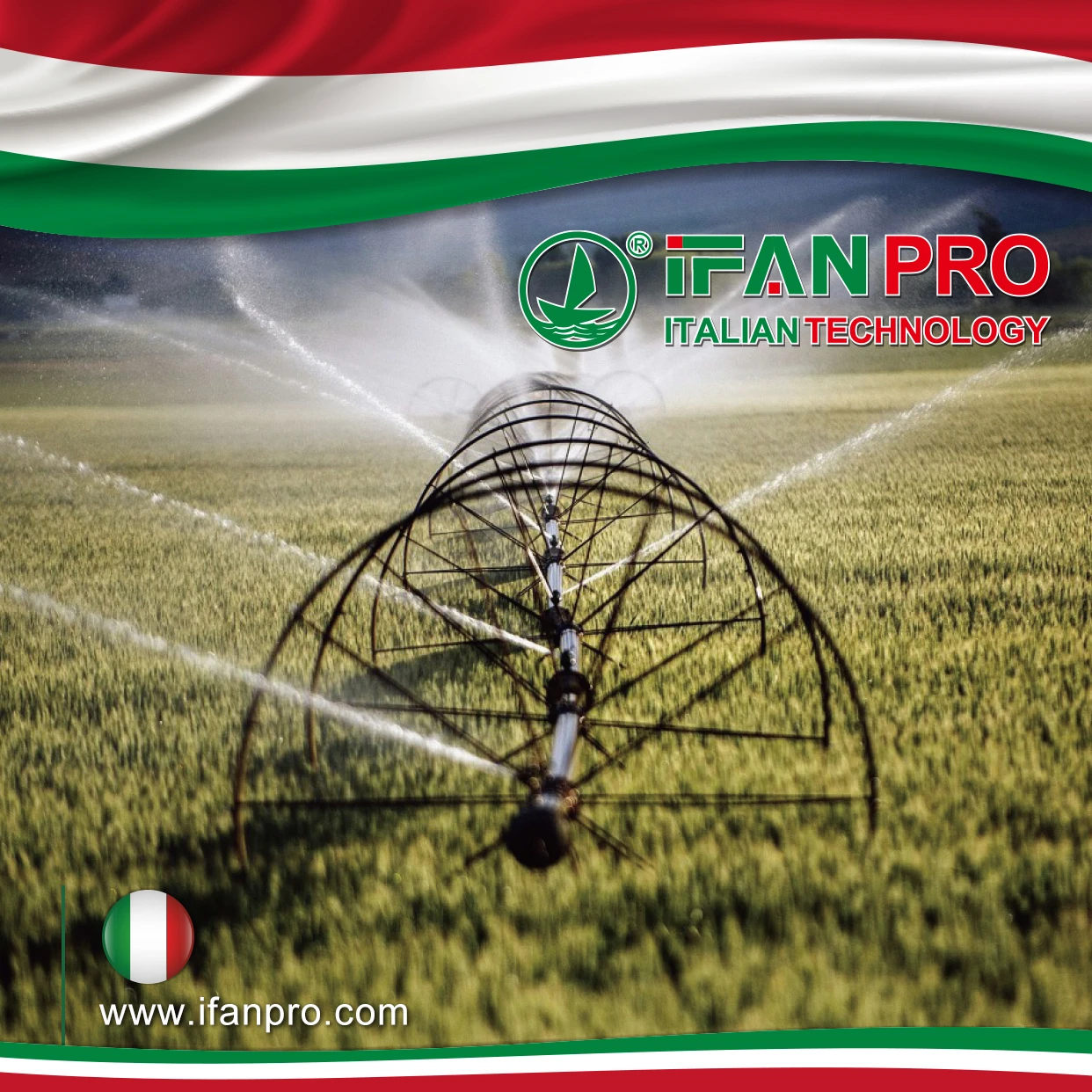
A direct comparison at a large infrastructure project showed that proper HDPE installation led to zero failures over 15 years. Standard PVC installation caused a 12% failure rate in the same period.
Proper installation critically impacts service life. HDPE needs correct fusion procedures and proper bedding. PVC requires precise joint assembly and thorough soil compaction. Both materials achieve maximum longevity when installed according to manufacturer specifications with appropriate bedding and proper techniques.
Critical Installation Factors
Several installation elements significantly influence long-term performance. For bedding and backfill, both materials need proper bedding material free from sharp rocks. HDPE’s flexibility lets it handle minor bedding imperfections better than PVC.
For joint installation, HDPE requires skilled fusion technicians using properly calibrated equipment. PVC installation needs careful cleaning, proper primer application, and correct cement usage with enough cure time.
For trench setup, both materials require adequate cover depth to protect from surface loads and frost. Proper trench width ensures enough space for compaction and prevents excessive pipe stress.
Material-Specific Installation Advantages
Each material offers different installation benefits. HDPE’s long coil lengths reduce the number of joints needed. Its flexibility allows for directional changes without fittings in many cases. Also, HDPE’s light weight simplifies handling in difficult areas.
PVC’s rigidity helps installation in shallow trenches with minimal side support. Its push-together gasketed joints enable fast installation in good conditions. Plus, widespread familiarity with PVC installation ensures available expertise in most regions.
Service Life Optimization
Maximizing underground pipe longevity requires addressing several key factors. For HDPE systems, ensure all fusion joints are properly made with visual inspection. Use trained and certified fusion technicians. Protect the pipe from UV exposure before burial.
For PVC systems, carefully follow solvent cement procedures with proper primer application. Provide uniform bedding support along the entire pipe length. Avoid excessive deflection during backfilling.
For both materials, implement proper commissioning procedures including flushing and pressure testing. Maintain accurate records noting specific locations and depths for future reference.
Заключение
HDPE generally offers better durability for challenging underground conditions involving soil movement or chemical exposure. PVC provides cost-effective performance in stable, non-aggressive soils when properly installed. The best choice depends on specific project conditions. HDPE’s joint integrity and chemical resistance advantages often justify its higher initial cost in demanding applications where long-term reliability matters most.

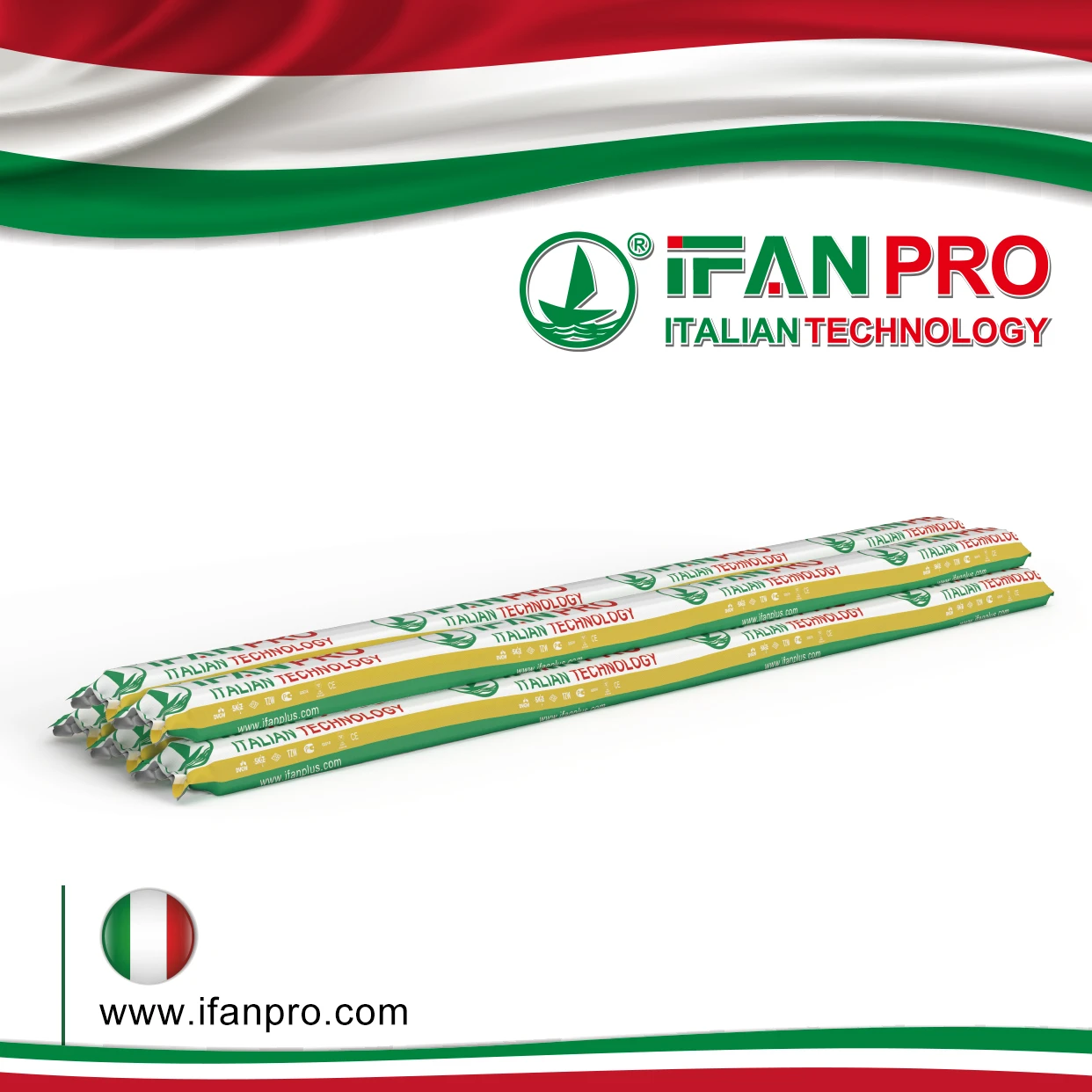
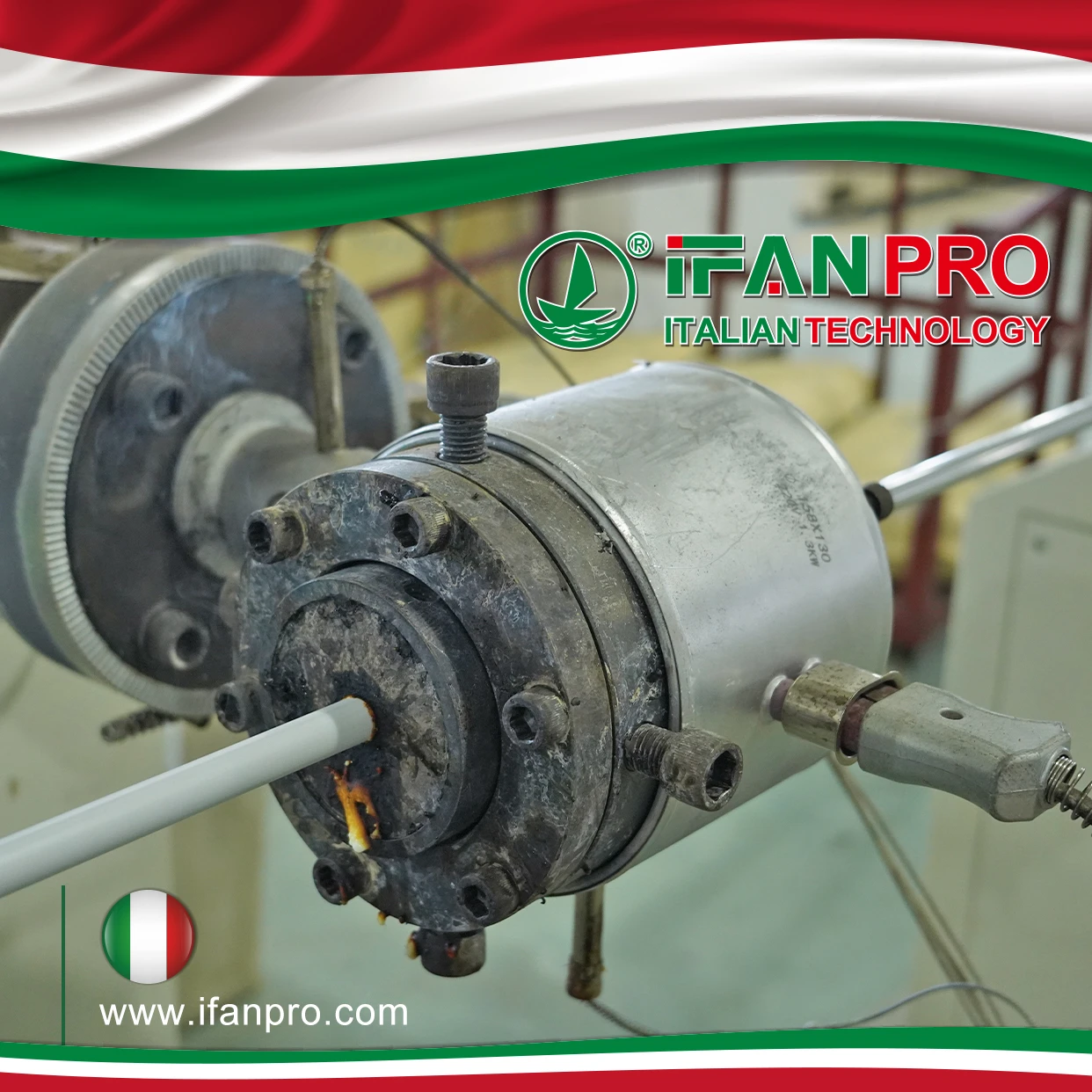
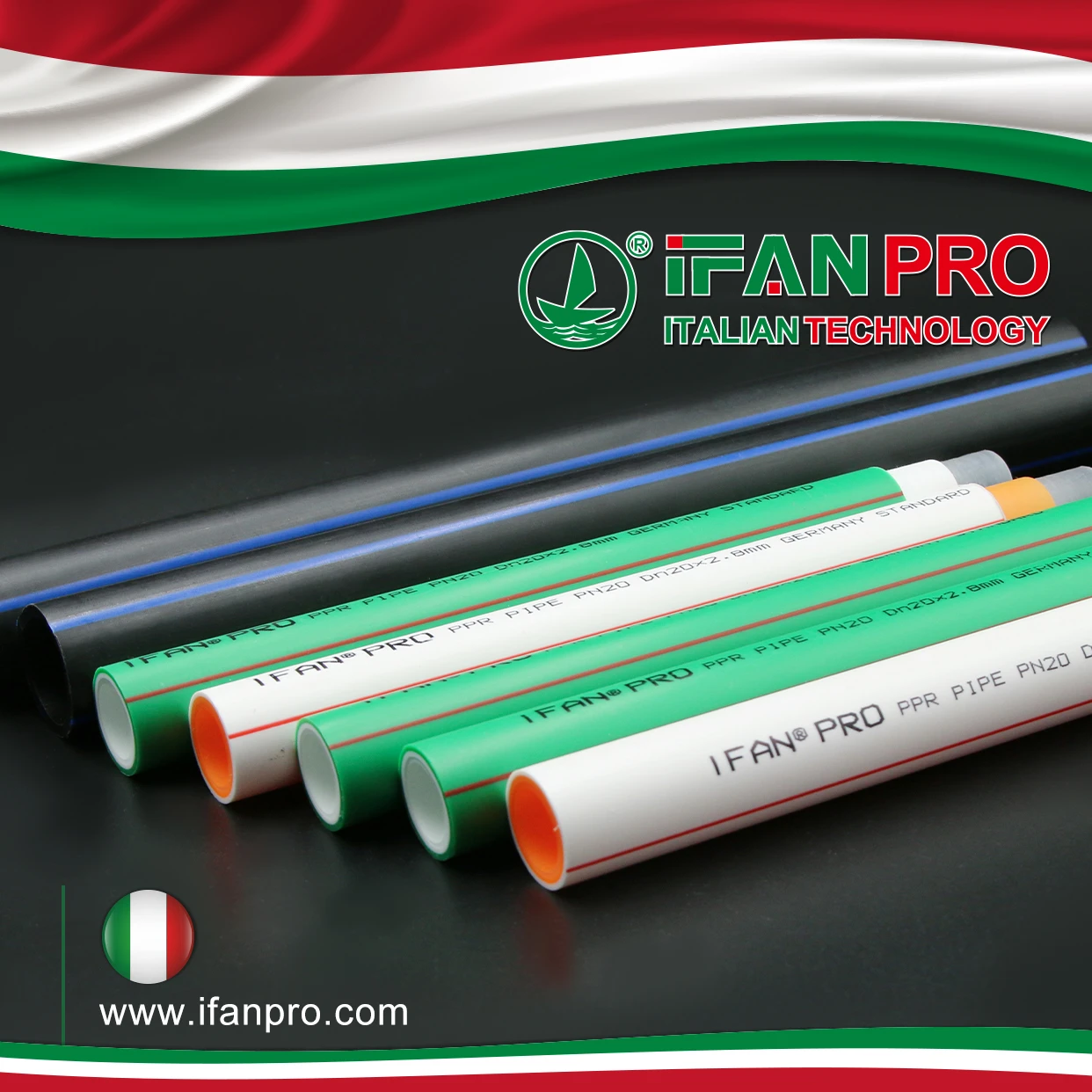









Последние комментарии